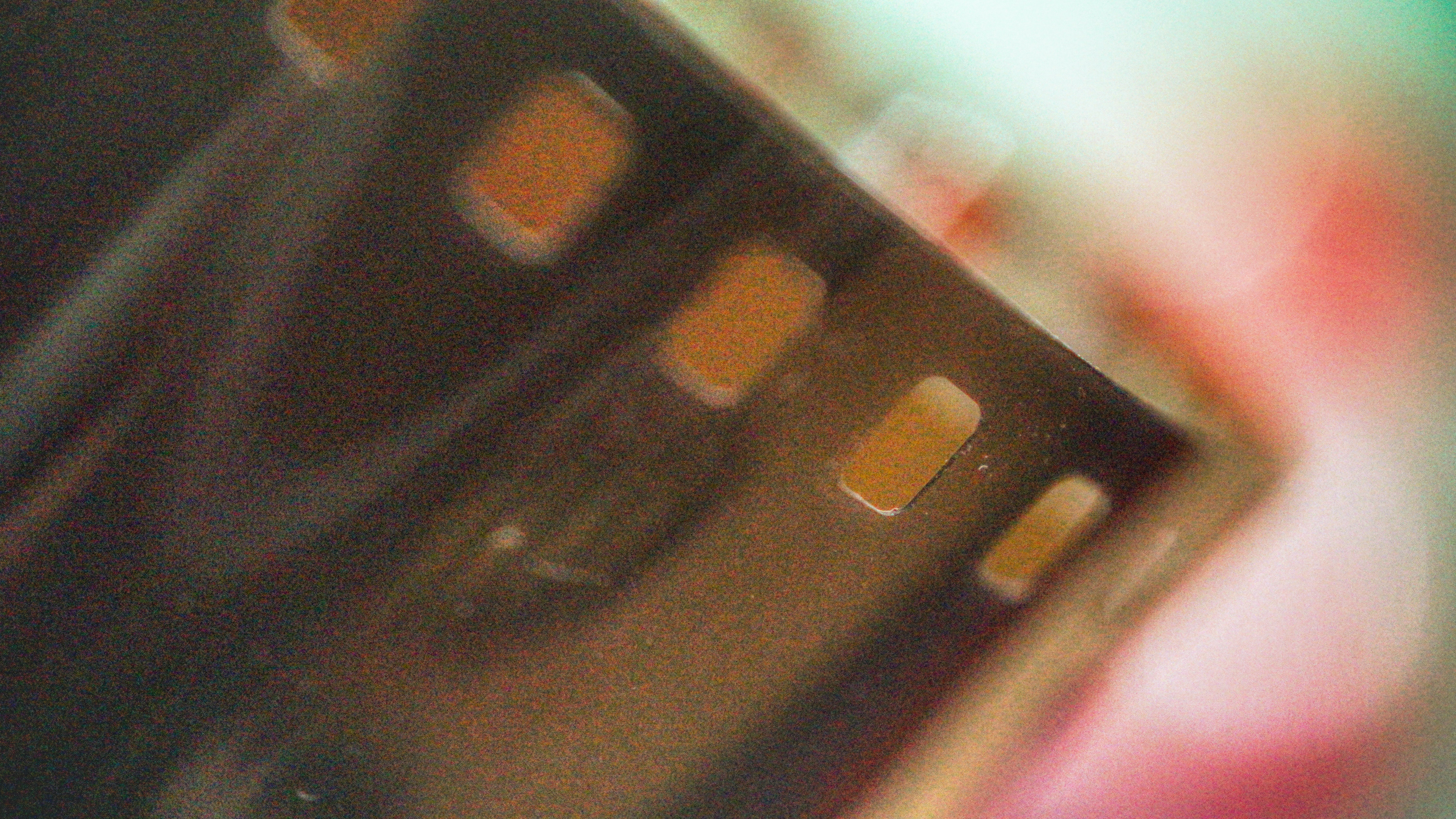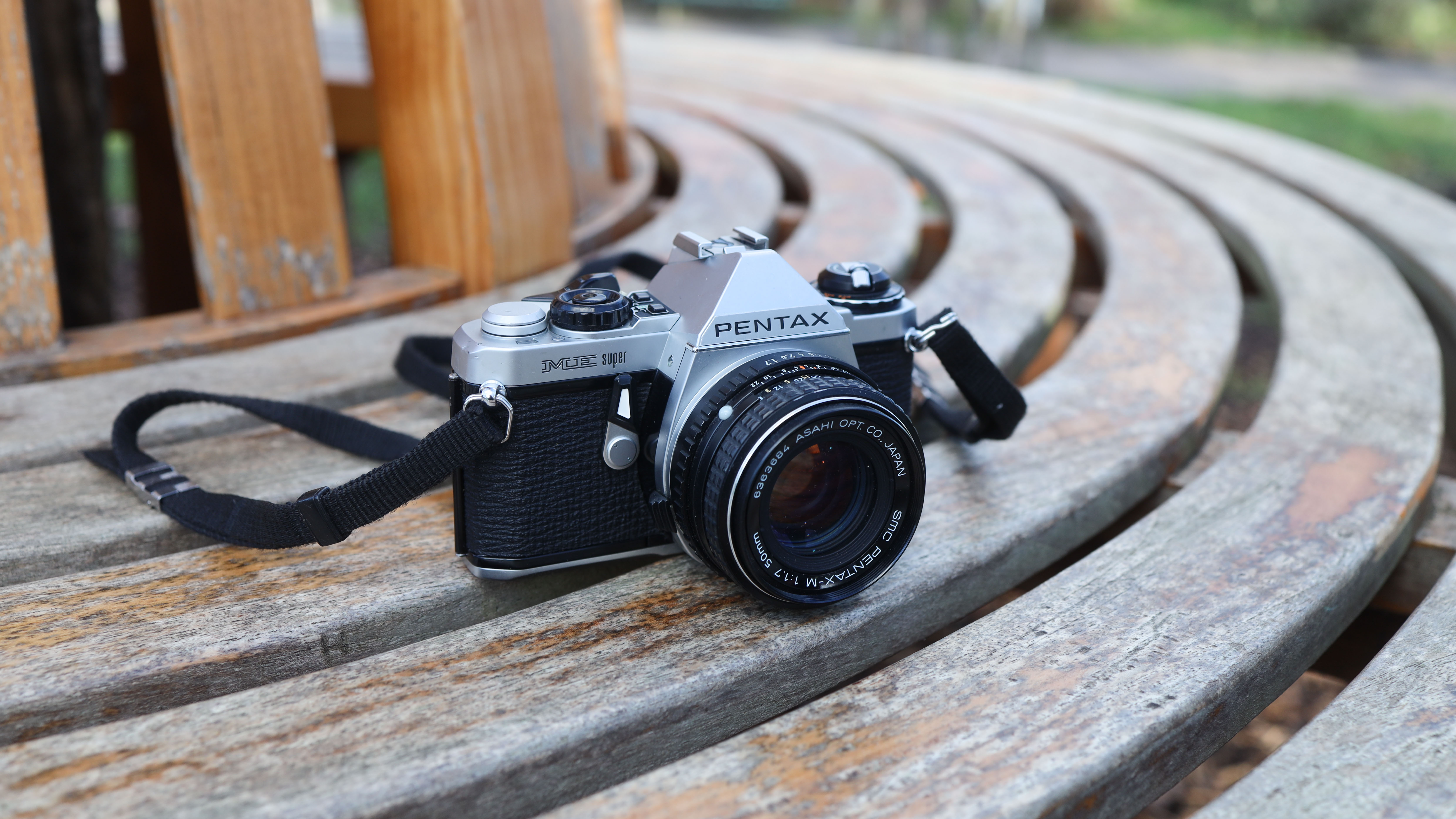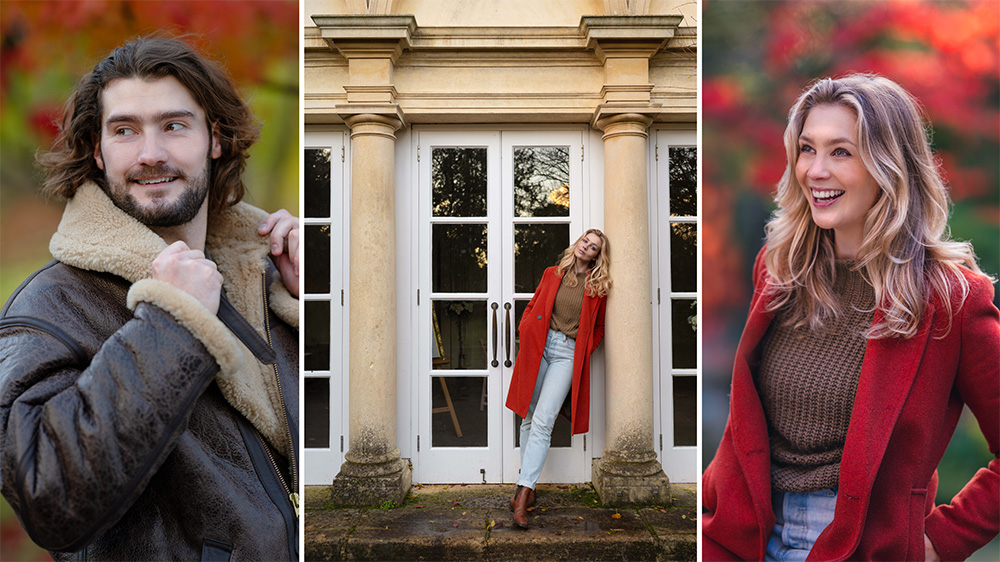Film photography isn't just expensive – it's bad for the planet, too
Analog photos are cool – but film is made of animal gelatin, and processing is a water- and chemical-intensive process

Film photography is a timeless medium that has had a resurgence in the last few years. Despite the cost of film and development rising, people are still drawn to the beautiful surprise that analog photography brings. However, aside from being a pretty pricey hobby, film photography has several negative environmental impacts and might not be as sustainable as you think. These issues are addressed in a great new film, just released by The Boston Scope.
To fully understand how film photography might impact the world, we first have to understand what it’s made from. Photographic film is made using a transparent strip of film base coated in a gelatin emulsion, containing light-sensitive silver halide crystals. The size of these crystals determines the sensitivity (ISO), contrast and resolution of the film, and gives the best film such as Porta 400 or Kodak 200 its signature aesthetic.
• Check out the best film cameras – vintage classics still loved today!
Gelatin is a colorless, flavorless substance that comes from collagen in animal body parts. It’s an extremely versatile bi-product that can be used in food, medicine and, of course, photographic film. Film emulsion is made by combining gelatin with a silver halide, such as silver nitrate, to create a coating on a plastic base. So whether you shoot 35mm, 120 or 220 film, you’ve definitely used a gelatin emulsion.
Watch video: A film's environmental footprint
Another reason film photography isn’t planet-friendly is that it’s incredibly chemically intensive. Every stage of the process involves a different toxic chemical, from developing to the stop bath to fixing the final image. Developer solutions are typically made of metol, phenidone or hydroquinone plus an alkaline, agent such as sodium carbonate or borax and sodium sulfite to delay oxidation.
Developer is the one chemical that cannot be reused and recycled, and as it's toxic it must be disposed of correctly. Stop bath and fixer are also highly toxic, but the fact that they can be used multiple times makes their environmental impact considerably less damaging.
Get the Digital Camera World Newsletter
The best camera deals, reviews, product advice, and unmissable photography news, direct to your inbox!
Developing film is also a water-intensive process and, despite advancing technologies, the process hasn't changed much over the last 30 years. In 1997, the Environmental Protection Agency conducted a study showing that even a small photographic processing facilities typically discharge 1,000 gallons (4,500 liters) of water waste a day.

Millions of people all over the planet still live without clean water close to home or access to a proper toilet, which makes using water to develop photos seem like an incredibly unfair privilege – let alone a questionable use of water.
It's not all doom and gloom for film photography, though; since most film cameras are second-hand, and parts can reused and recycled by camera shops who repair and resell bodies - such as Boston-based CatLABS which features in the film. These vital repairs give the cameras a new lease of life and save them from ending up in landfill.
Many photo processing labs and used camera dealers are very aware of the environmentally damaging effects of film photography, so try to find other ways to minimize their footprint – such as reusing packaging, keeping water consumption to a minimum and holding out hope that one day there will be an alternative way.
Best 35mm film • Best film cameras • Best darkroom equipment

Having studied Journalism and Public Relations at the University of the West of England Hannah developed a love for photography through a module on photojournalism. She specializes in Portrait, Fashion and lifestyle photography but has more recently branched out in the world of stylized product photography. Hannah spent three years working at Wex Photo Video as a Senior Sales Assistant, using her experience and knowledge of cameras to help people buy the equipment that is right for them. With eight years experience working with studio lighting, Hannah has run many successful workshops teaching people how to use different lighting setups.

